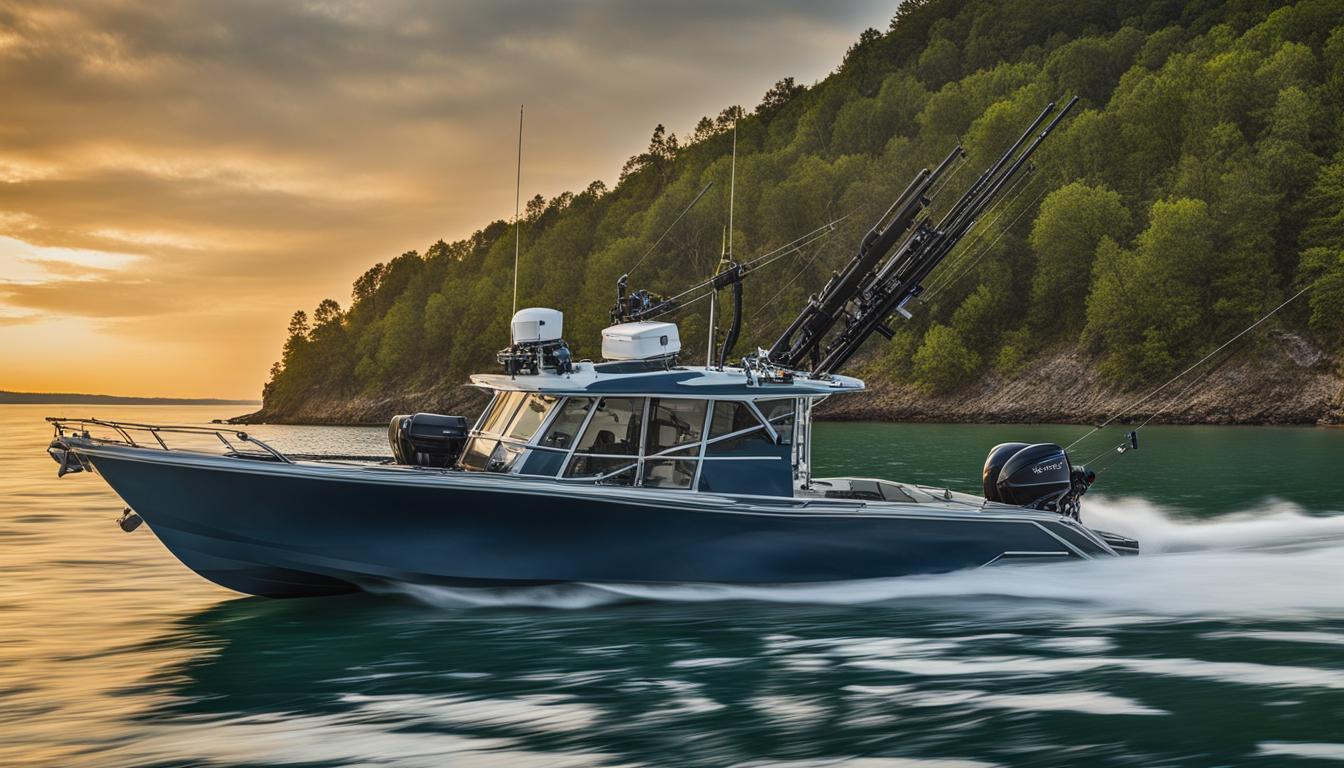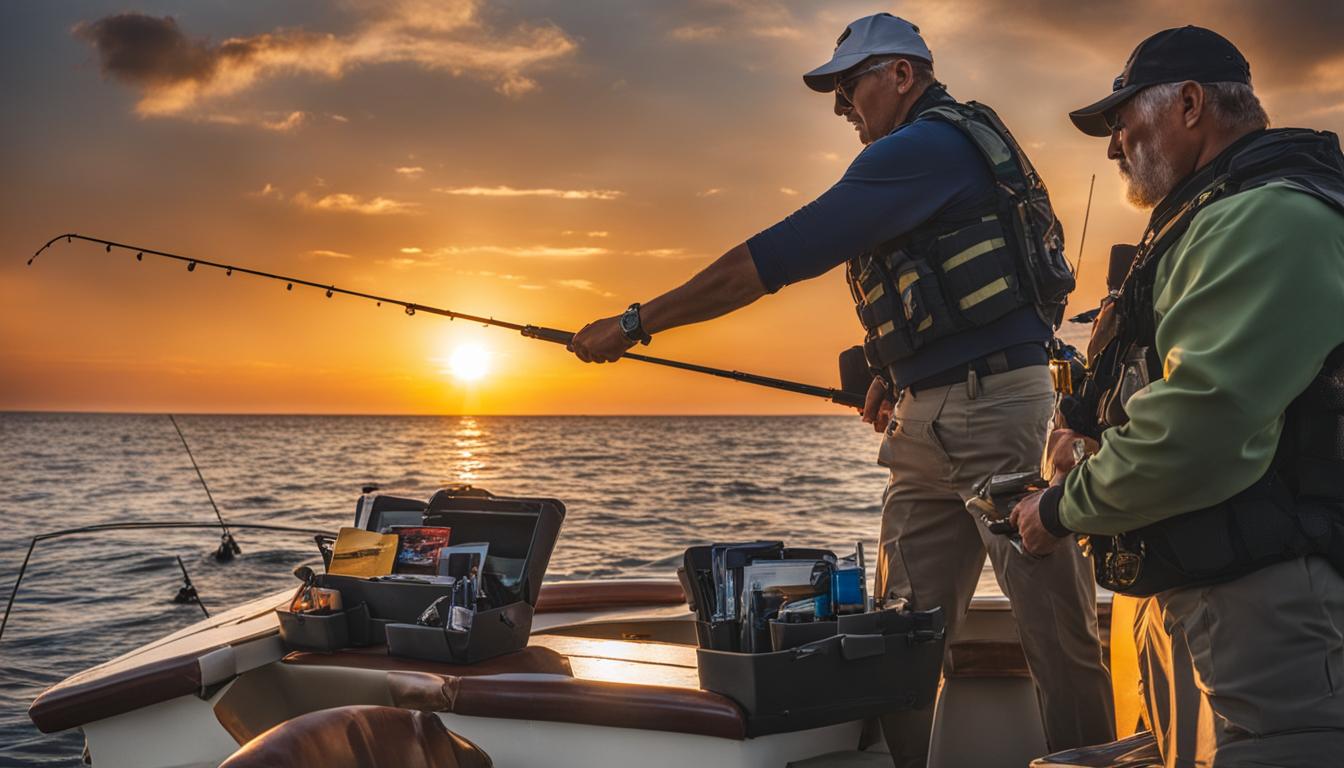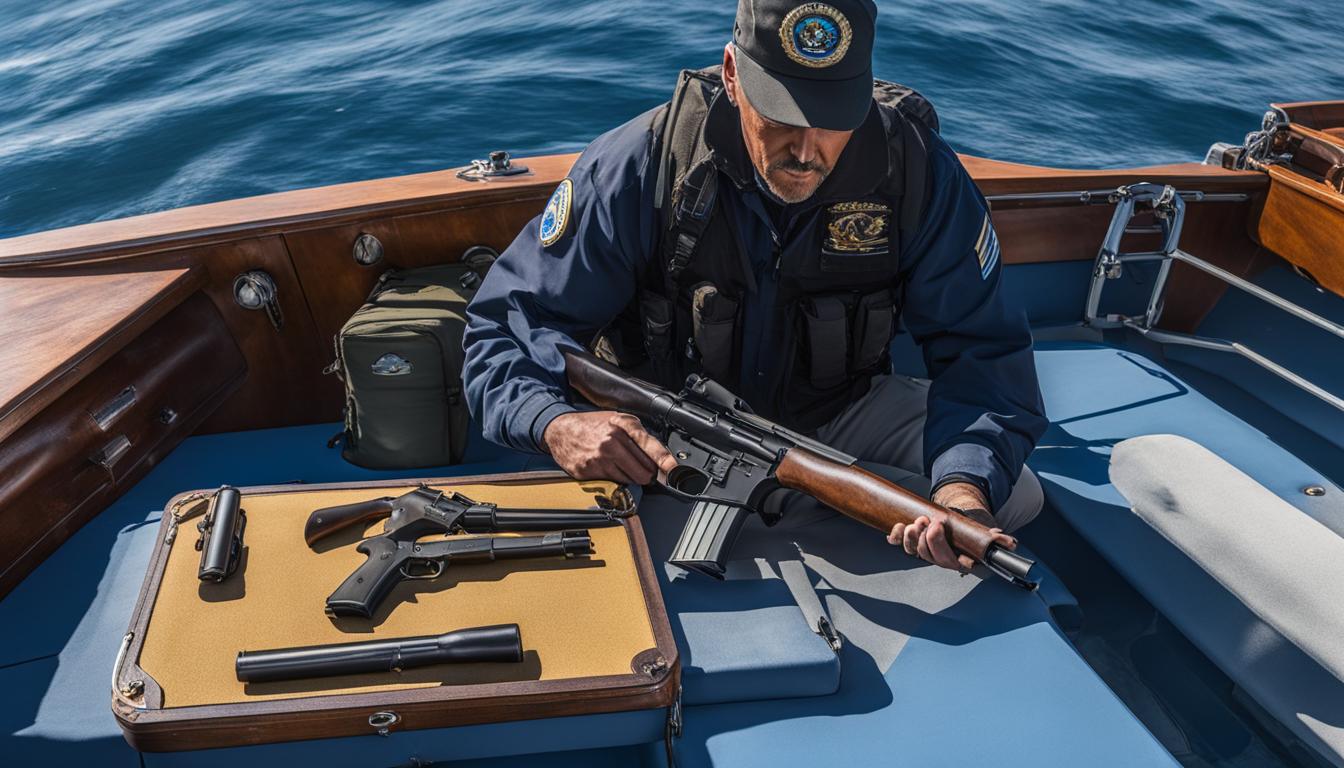
How to Transport Firearms by Boat Without Accidentally Brandishing a Weapon
Transporting firearms in a boat requires careful thought and planning to ensure safety and legal compliance. This article will provide a thorough overview of best practices for transporting firearms by boat.

Legal Considerations
The first step is understanding the applicable laws regarding transporting firearms by boat. These laws can vary by jurisdiction, so it's important to check federal, state, and local regulations.
Some key legal considerations include:
- Storage and carrying requirements - Most jurisdictions require firearms to be unloaded and stored in a secure, locked location when transported in a vehicle or boat. Requirements may vary for carrying loaded firearms on your person.
- Transport across state lines - Transporting firearms across state lines generally requires adherence to the laws of all states involved. Some states have restrictions on transporting firearms acquired out-of-state.
- Type of firearms - Regulations often differ for transporting handguns vs. long guns. Some states restrict possession of certain tactical firearms like AR-15s.
- Permits - You may need a permit or license for transporting firearms in some areas. These requirements should be researched thoroughly.
Consulting local authorities is the best way to fully understand applicable laws. Being informed on legal requirements is crucial for staying compliant and avoiding potentially serious penalties.

Best Practices for Safe Transport
When the legal landscape is clear, following safety best practices helps ensure secure, responsible firearm transport on boats. Consider these guidelines:
Use Appropriate Locked Storage
- Firearms should be unloaded and securely locked while transporting on a boat. Locked hard cases or lockable racks specifically designed for firearms provide the best security.
- Storage should be in a location that is dry and free from corrosion. Moisture can damage firearms over time.
Pay Attention to Ammunition
- Ammunition should be stored separately from firearms. This is a legal requirement in many jurisdictions.
- Like firearms, ammunition should be kept securely in a dry, locked space. Make sure ammunition is properly contained to avoid spills.
Handle Firearms Safely
- Always point firearms in a safe direction when handling, such as toward the bottom of the boat if no people are present.
- Verify firearms are unloaded when placing them into storage. Double check chambers and magazines.
- Engage all safety mechanisms on firearms during transport.
Secure Firearms while Underway
- Use tethers or straps to provide additional security if storing firearms in racks while the boat is moving. This prevents shifting that could result in chambering a round.
- Never store loaded firearms openly while underway. They should be securely stowed.
Control Access
- Ensure firearms are not left unattended or accessible to unapproved persons like children.
- If possible, use locks on storage cases and the location where firearms are kept.
Clean Firearms Properly
- Saltwater can accelerate corrosion issues for firearms. Clean thoroughly after boating before longer term storage.
Recommended Storage Solutions
Purpose-built storage products provide sensible solutions for transporting firearms safely in boats. Some top options include:
Hard-Sided Firearm Cases
- Extremely secure and protected storage
- Prevent moisture damage
- Can have foam inserts customized to specific firearms
- Often heavy - important in small boats
Portable Lock Boxes
- Lockable and hardened to prevent break-ins
- Water resistant seals keep contents dry
- Lighter weight than hard cases
- Limitations on number and size of firearms
Below Deck Gun Safes
- Secured with digital locks or keys
- Allow quick access to contents if needed
- Permanently mounted for security
- Takes up interior space; boat modification often required
On Deck Lockable Racks
- Secure firearms while allowing quick access
- Flexible options for various firearm sizes
- Exposure to elements requires diligent cleaning/drying
- Securing while underway is crucial
| Storage Type | Security Level | Protection from Elements | Convenience/Speed of Access |
|---|---|---|---|
| Hard Cases | High | High | Low |
| Portable Lock Boxes | Medium-High | Medium | Medium |
| Below Deck Safes | High | High | Medium-High |
| On Deck Racks | Medium-High | Low | High |
Conclusion
Transporting firearms safely and legally on boats requires diligent attention to storage, security, cleaning and access control. Following best practices, understanding regional laws, and using purpose-built storage products enables boaters to have firearms onboard without undue risks. With careful thought and preparation, firearms can be an integrated part of the boating experience.